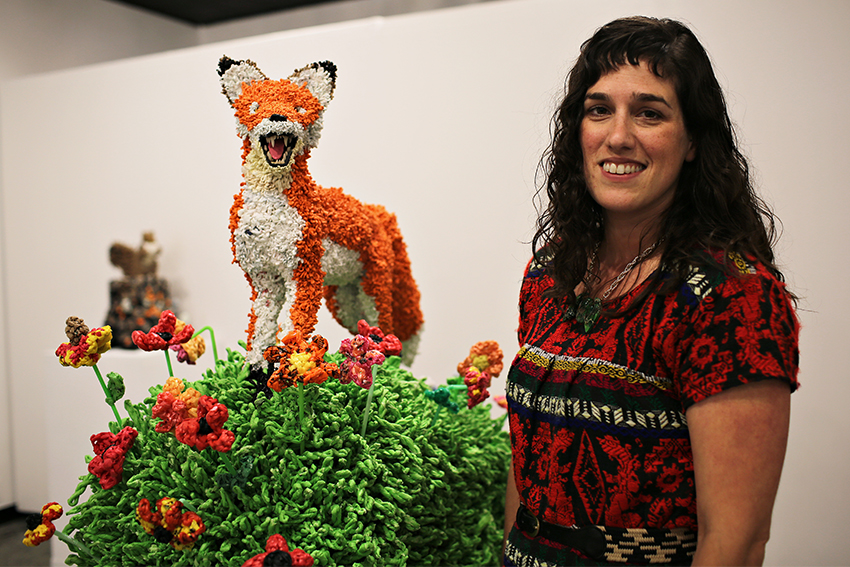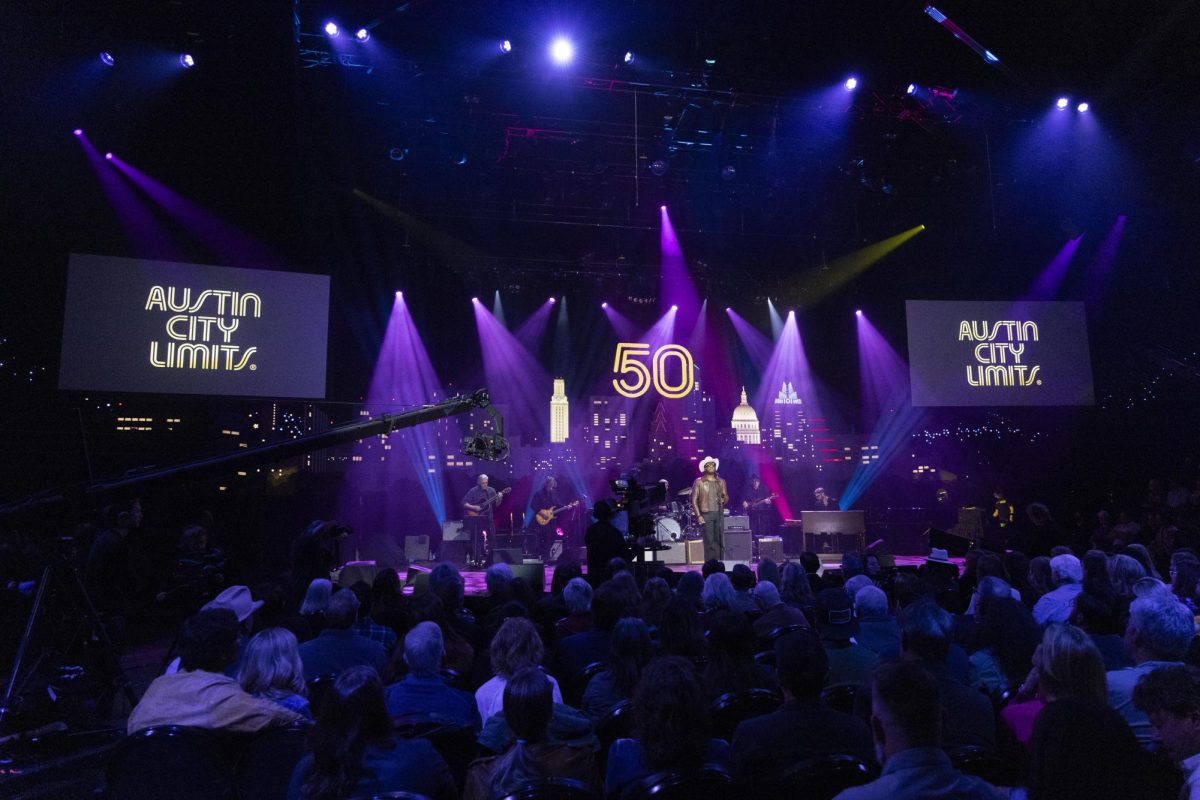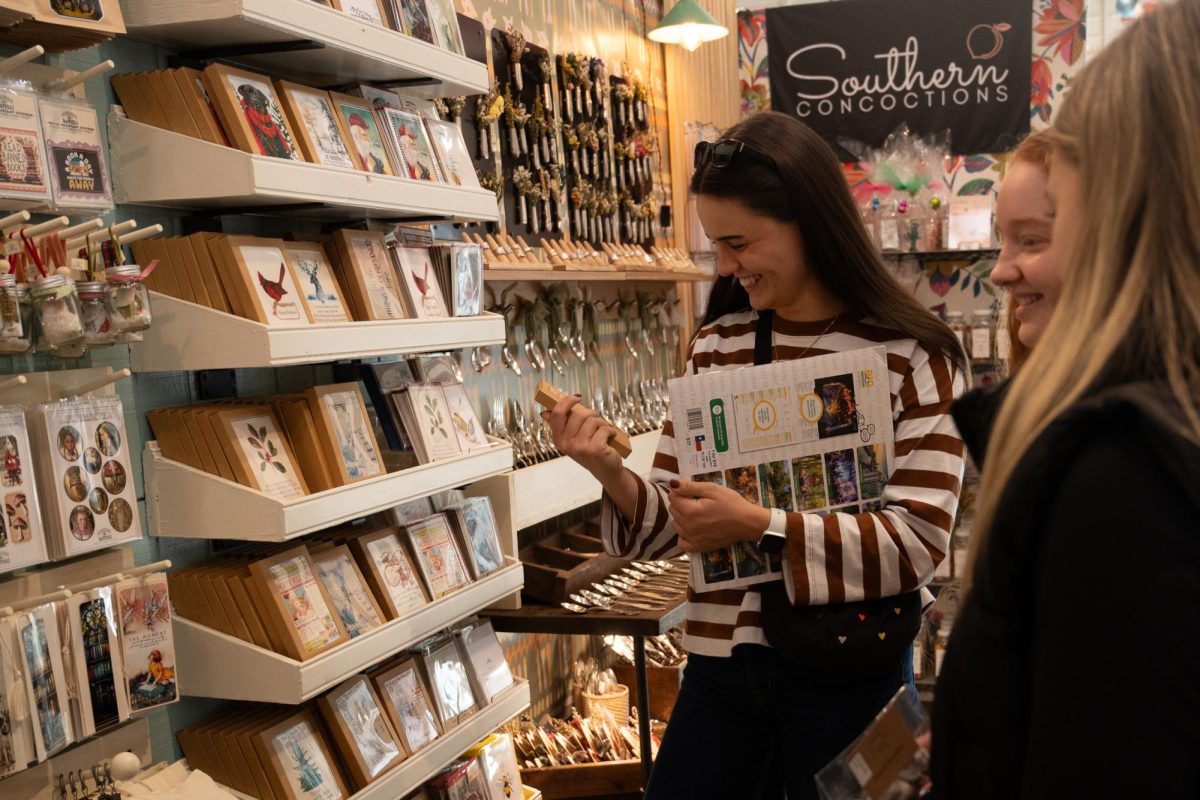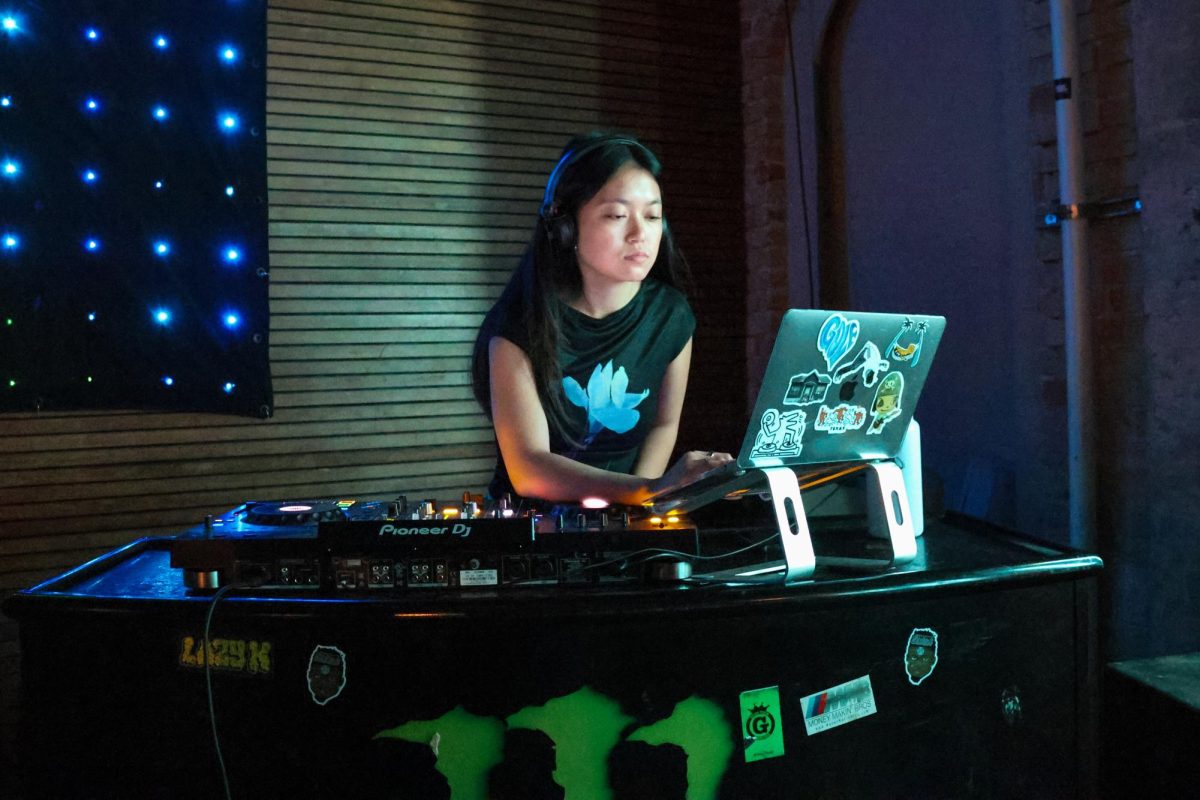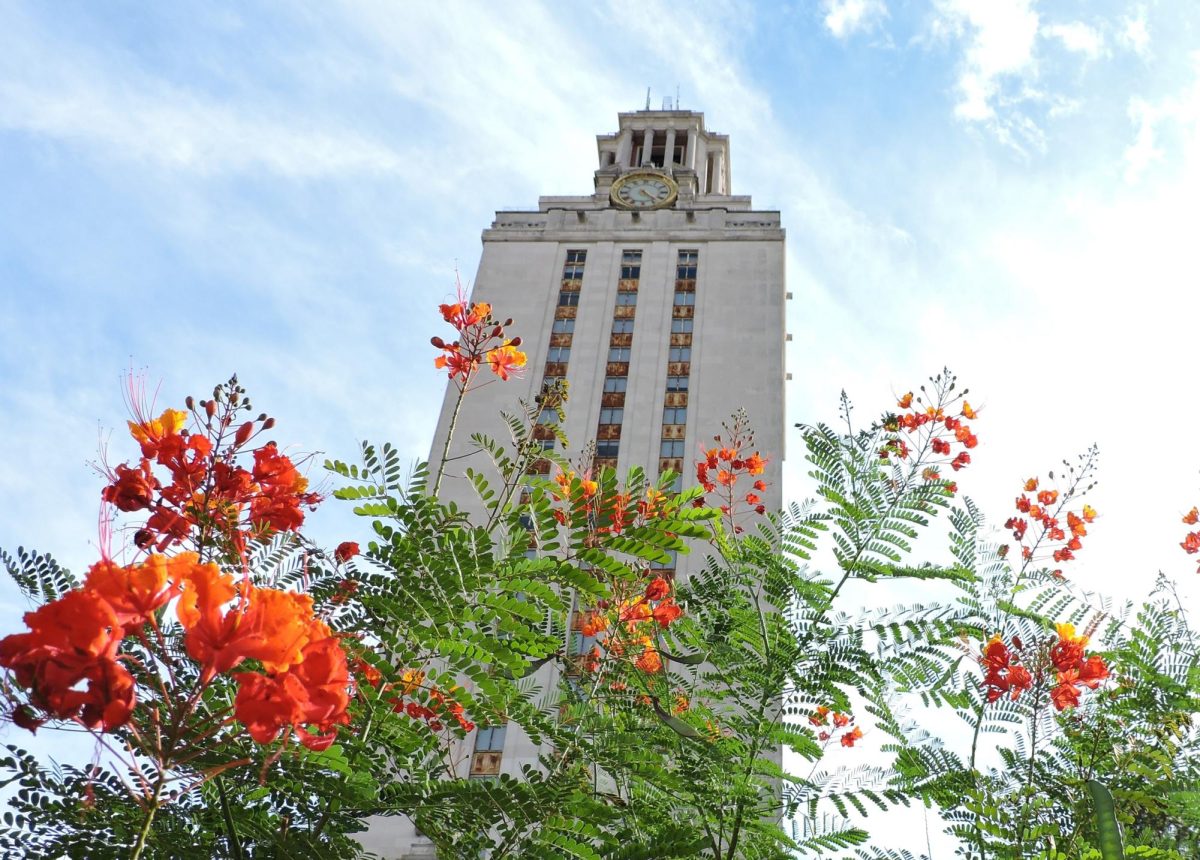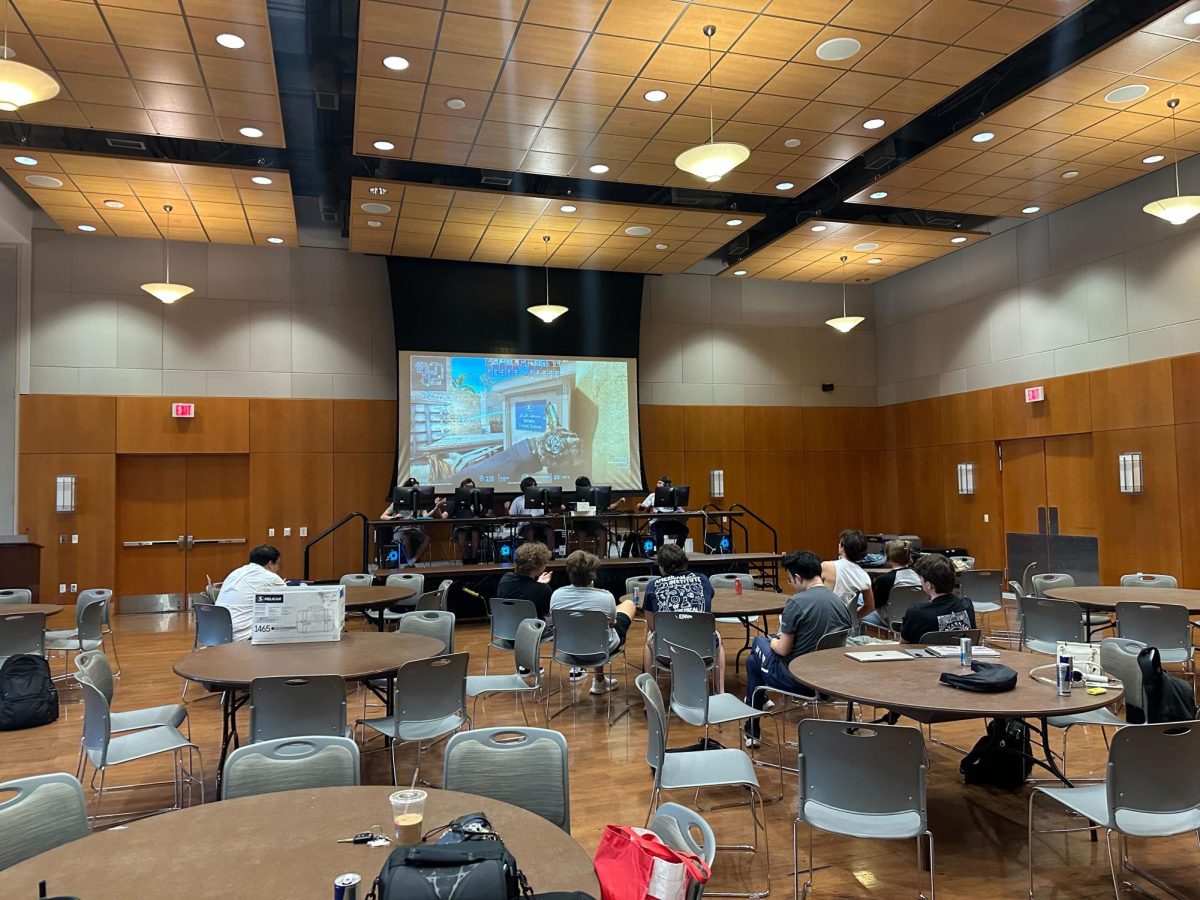Artist Calder Kamin was walking home from a bus station when she noticed a dead kestrel falcon under a window. From that moment forward, she refocused her art to show the impact humans have on the environment. She had found her muse.
“That was a moment when it clicked for me,” Kamin said. “I wanted to find out why this happened and how I could prevent it and teach others about window strikes and environmental issues.”
Kamin’s current gallery exhibition, “Plastic Planet,” debuted at the Women & Their Work gallery Saturday. The project shows a variety of animals constructed using plastic bags and sculpted around vintage taxidermy mounts.
“I’m stripping and twisting colored bags to create immersive worlds. These synthetic materials create a fake nature, in the same way taxidermy represents our fake ideological nature,” Kamin said. “We put ideology on nature, thinking it’s this perfect, pristine thing, but nature is imperfect, violent and chaotic.”
With each of her exhibits, Kamin holds informative lectures for families and children to teach her audience about the environment.
“Museums these days are not trying to collect art — they are trying to collect audiences,” Kamin said. “Seeing people learn something new about their local ecosystem is why [my] exhibits matter.”
Kristin Moore, program director for Women & Their Work, said Kamin’s work provided a fresh take on environmental issues.
“In the gallery she has an actual classroom,” Moore said. “These scavenger animals have adapted around human life, and we forget about it because we are adults and forget about the natural world. There is a nice duality to the childlike side of learning about these things again.”
Moore said Kamin’s pieces have a certain impressionistic, undulating style that make the museum attractive to audiences.
“Something that strikes me whenever I look at her work is her hand,” Moore said. “You can imagine her hand twisting and forming these bags, and from an artistic perspective, the pieces resemble paintings.”
For “Plastic Planet,” Kamin focused on scavenger animals that are more commonplace but mean something special to her, such as foxes, oppossums and deer.
Although animals are central to her pieces, Kamin said she has recently started to shift her attention toward the materials she builds them with as well.
Kamin prides herself in integrating and reusing plastic that would have otherwise ended up in landfills. Her grassroots collection of bags is an easy way to include the community in her art. She said that although there is no way to reverse the effects of pollution, everyone should do their best to curb waste.
“Contributing something as small as a bag seems like a small favor, but in the end, helps tie me and my work to a bigger global picture,” Kamin said.

